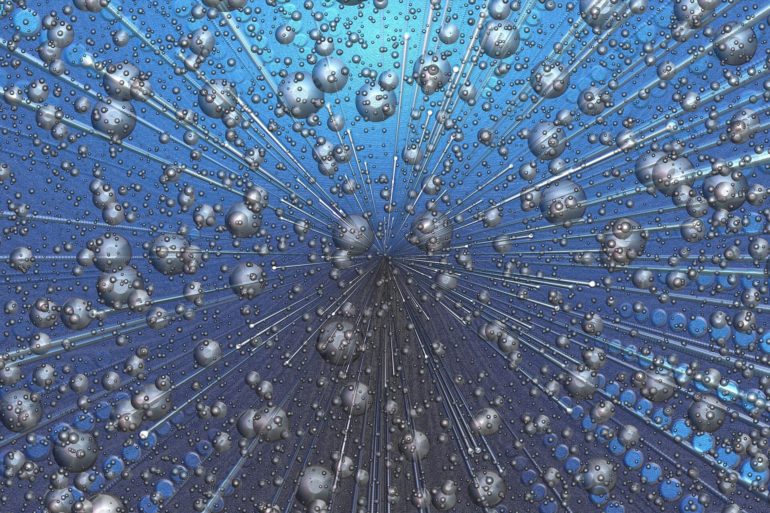Singapore University of Technology and Design (SUTD) researchers have uncovered how the environment can impact highly sensitive quantum behaviors like localisation. Their findings, published in Chaos, could lead to future innovations in the design of superconducting materials and quantum devices, including super precise sensors.
Quantum technology, in particular quantum sensing, promises to measure and capture our world at levels of precision never before possible. Such precision has diverse applications, from speedier and more sensitive medical imaging to recording time on high-frequency market trades, and even the development of sensors that can determine whether the ground beneath us is solid rock or a natural oil-and-gas reservoir.
Yet for all its theoretical potential, one considerable practical challenge remains when producing quantum measuring devices: controlling how they respond to the environment. Real devices are extremely sensitive to noise, which at best reduces their level of precision and at worst leads to unacceptable levels of error. When it comes to crafting ultra-precise sensors, such noise could overwhelm any useful signals.
Understanding how quantum devices respond to noise would help researchers find new ways to protect them from noise, making novel measurement and sensing technologies more feasible. Beyond increasing their accuracy, researchers may even be able to give quantum devices new properties. “If you could tune the amount of noise that these devices experience, you can make them function very differently and get an even more interesting device,” explained Associate Professor Dario Poletti from SUTD, who led the study.
For example, scientists have known for decades that disorder in a system can cause a phenomenon called localisation, where a system gets ‘stuck’ to its initial state. On the other hand, when the particles in a system interact with each other strongly, there is a possibility that they can become ‘unstuck,’ that is, delocalised.
To study this tug-of-war between disorder and interaction, Poletti and Ph.D. student Xiansong Xu added a third variable: the environment. Beginning with a theoretical model known as the XXZ spin chain, the researchers showed that the environment can have contrasting effects on localisation, depending on the strength of both the disorder and interaction in the system.
Performing numerical computations on the model, the researchers found that putting the system in contact with a dissipative environment such as a bath of photons pushed it towards delocalisation and made it more mobile, fluid and uniform, like water.
Importantly, they also found that while both weakly and strongly interacting systems still showed signs of localisation, the types of localisation were surprisingly different: one grainier and stuck, like sand, and the other, more uniform while still stuck, like ice.
This theoretical discovery suggests that the properties of certain materials can be tuned through changes in the external environment. For example, researchers might be able to turn a material from an insulator into a conductor by shining light on it—or turn the material from one kind of insulator into another, with applications that go beyond quantum technologies to materials science and nanoelectronics.
“There are already quantum devices out there, and we will likely see more and more of them,” Poletti said. “Devices are never truly isolated from their environments, so we would like to better understand how they can work in conjunction with the environment.”
“Now the quest is to dig deeper and look for different systems, or go towards real materials and see what else can happen there,” he added. “This kind of research is done over many years. We’re trying to build fundamental knowledge and tools so that eventually, industry can take over.”
Scientists develop first quantum algorithm to characterize noise across large systems
More information:
Xiansong Xu et al, Localization-delocalization effects of a delocalizing dissipation on disordered XXZ spin chains, Chaos: An Interdisciplinary Journal of Nonlinear Science (2021). DOI: 10.1063/5.0038401
Provided by
Singapore University of Technology and Design
Citation:
Using the environment to control quantum devices (2021, May 28)
retrieved 30 May 2021
from https://phys.org/news/2021-05-environment-quantum-devices.html
This document is subject to copyright. Apart from any fair dealing for the purpose of private study or research, no
part may be reproduced without the written permission. The content is provided for information purposes only.



